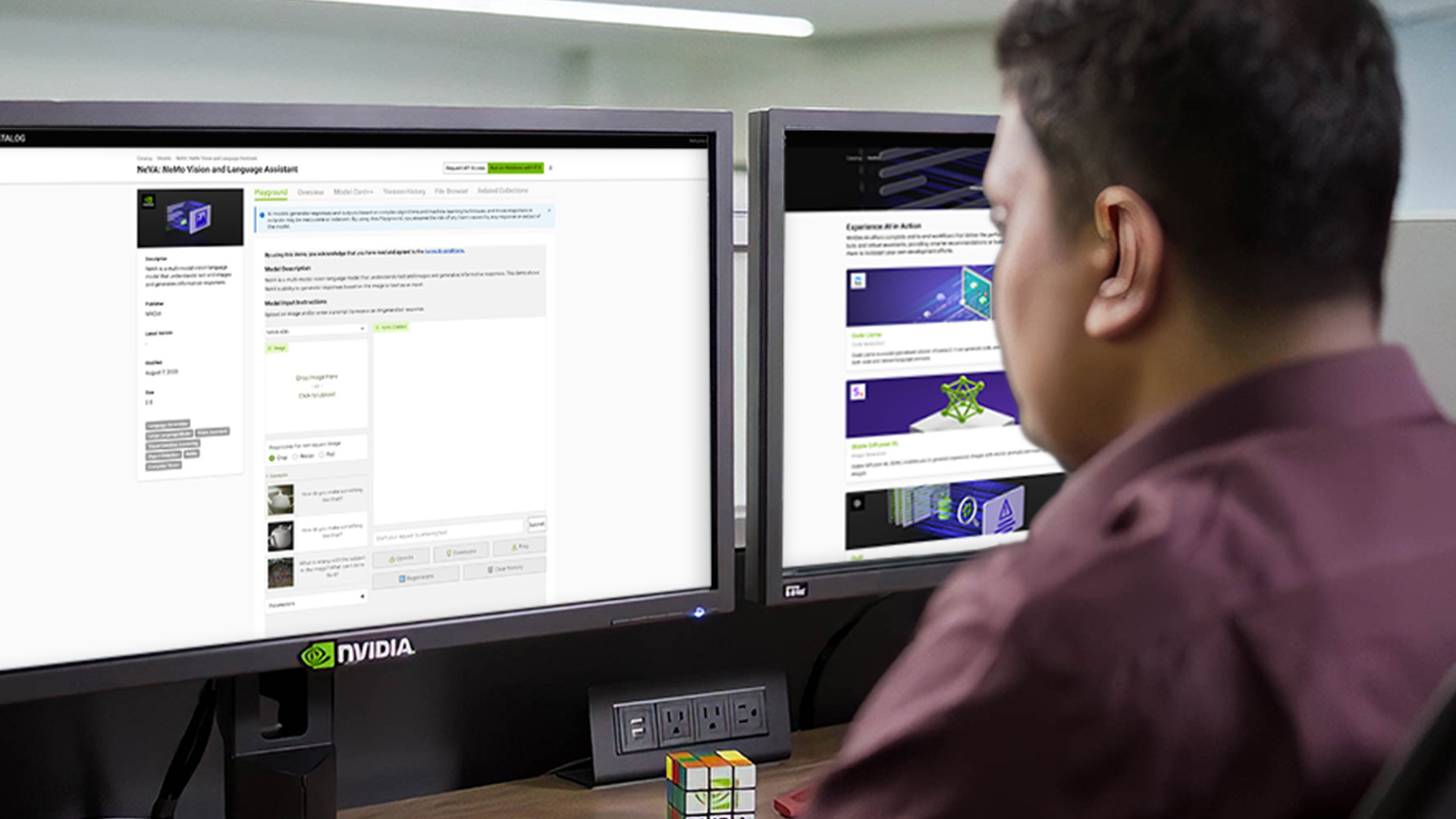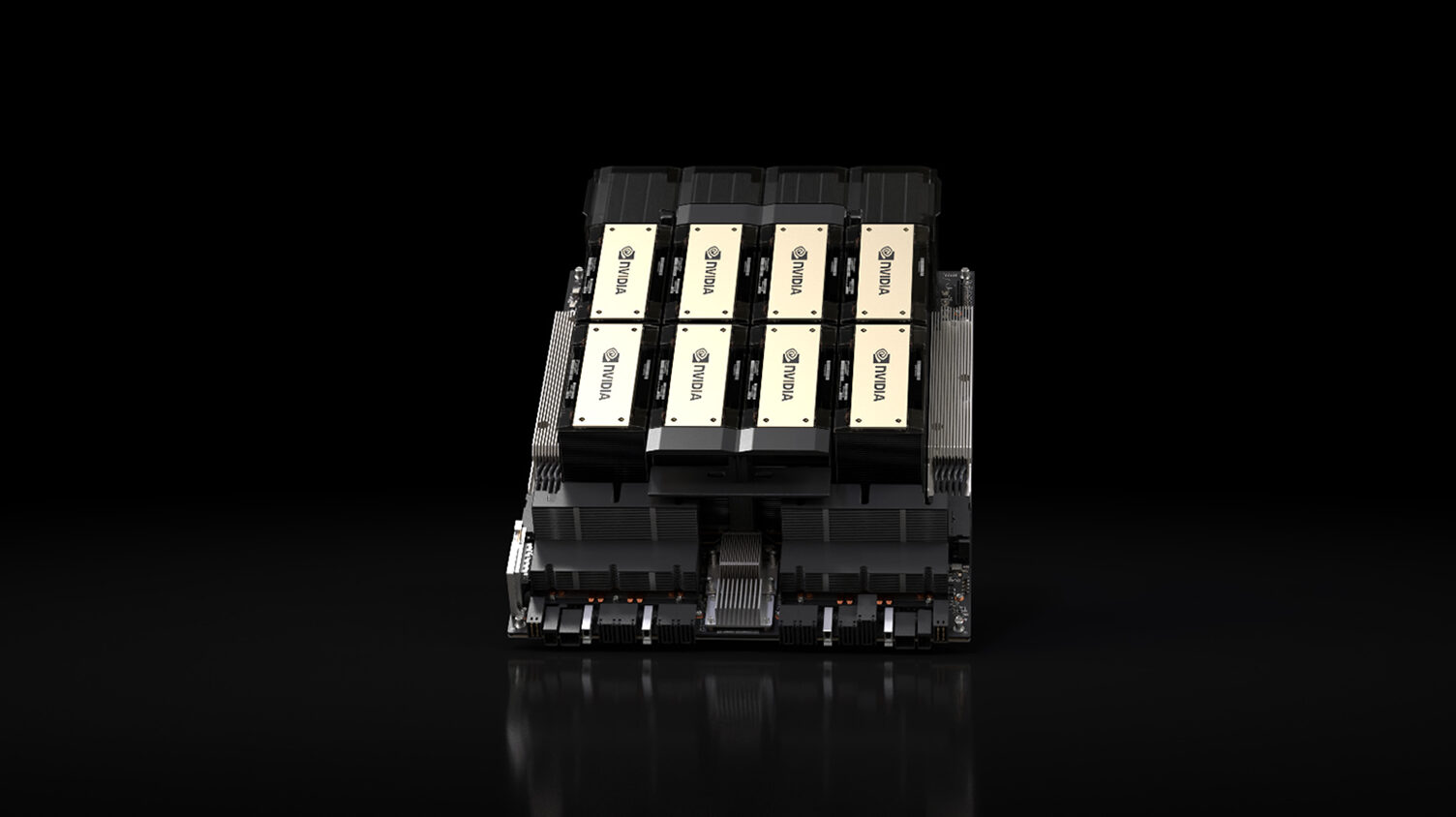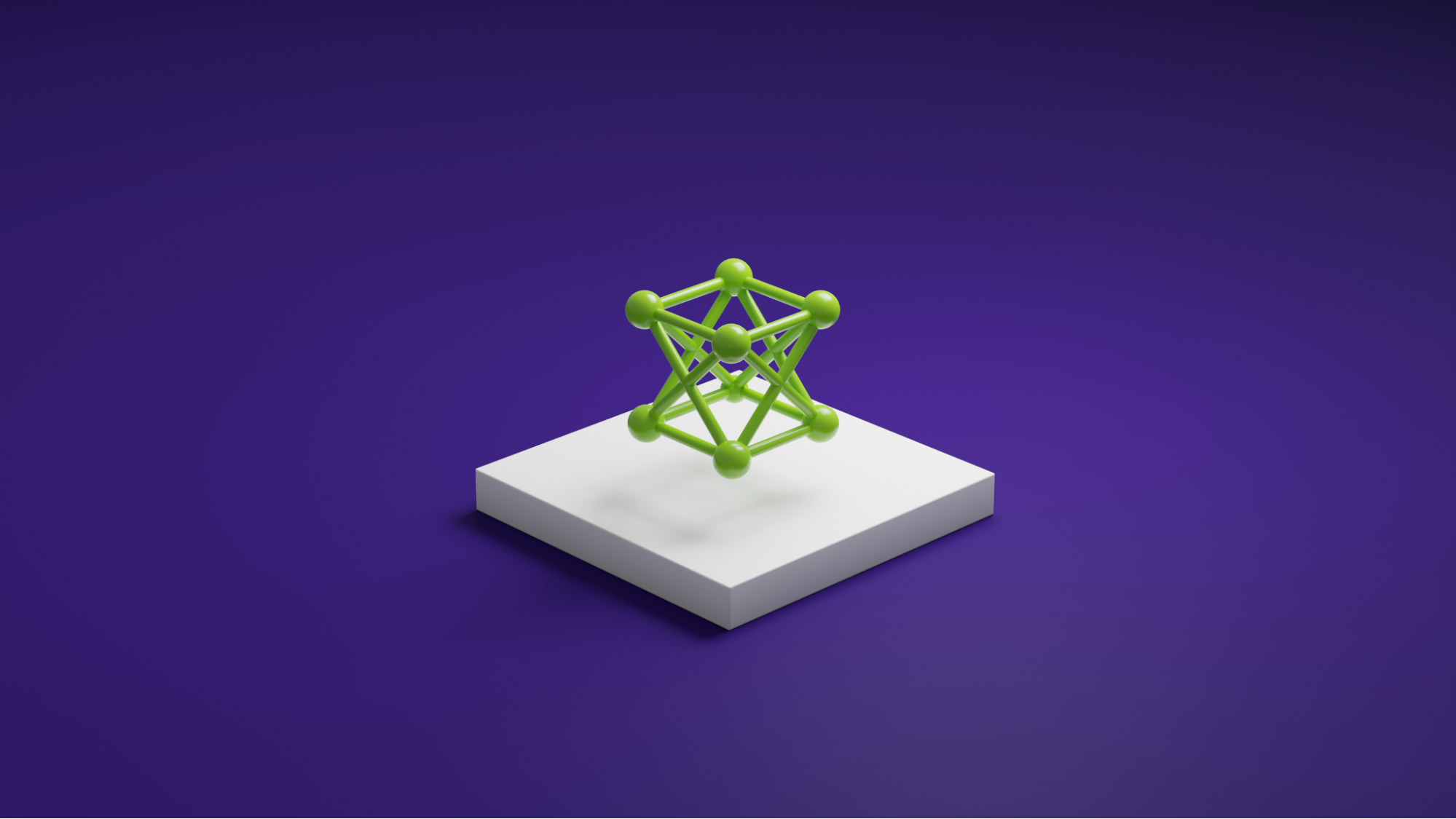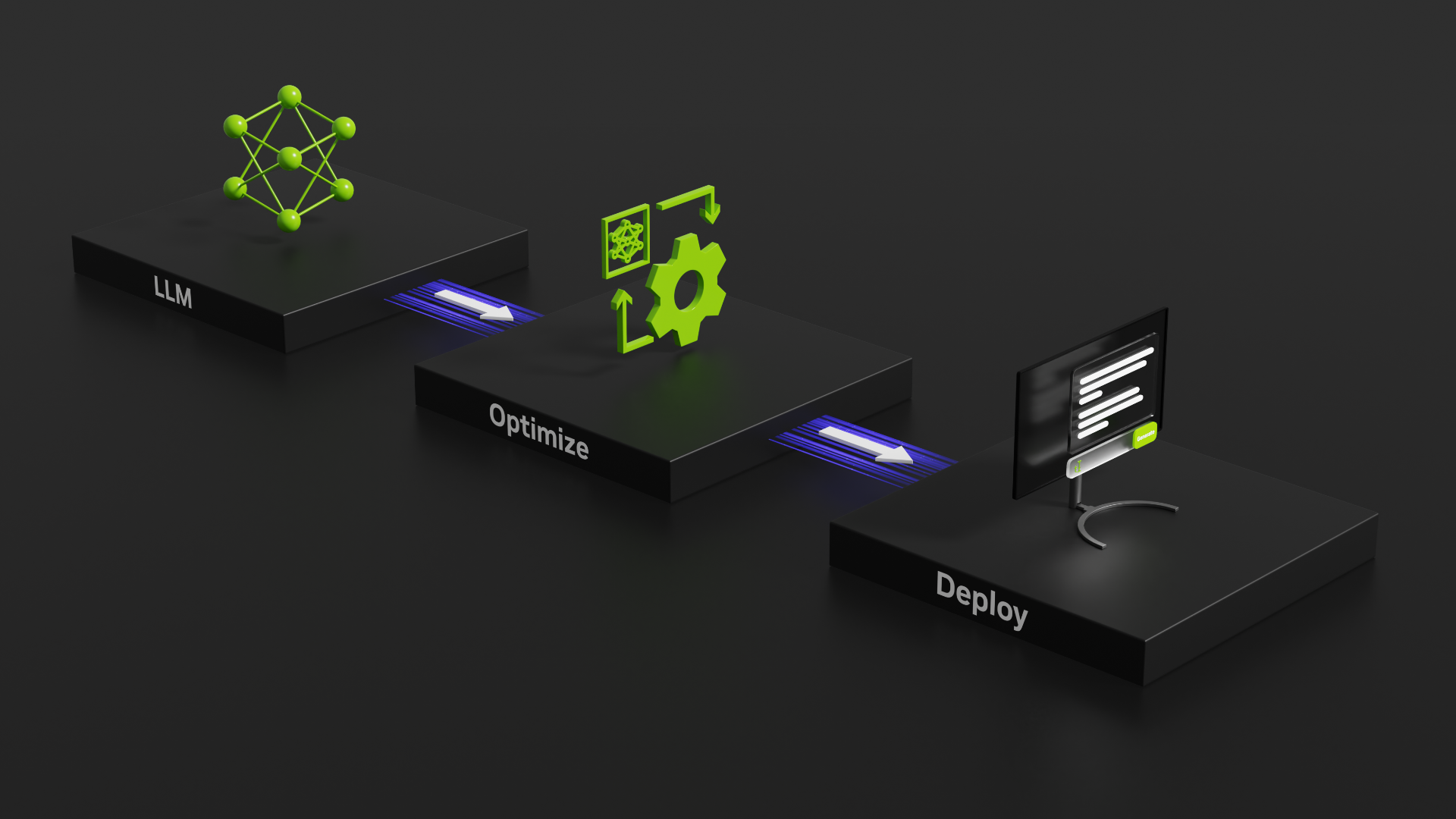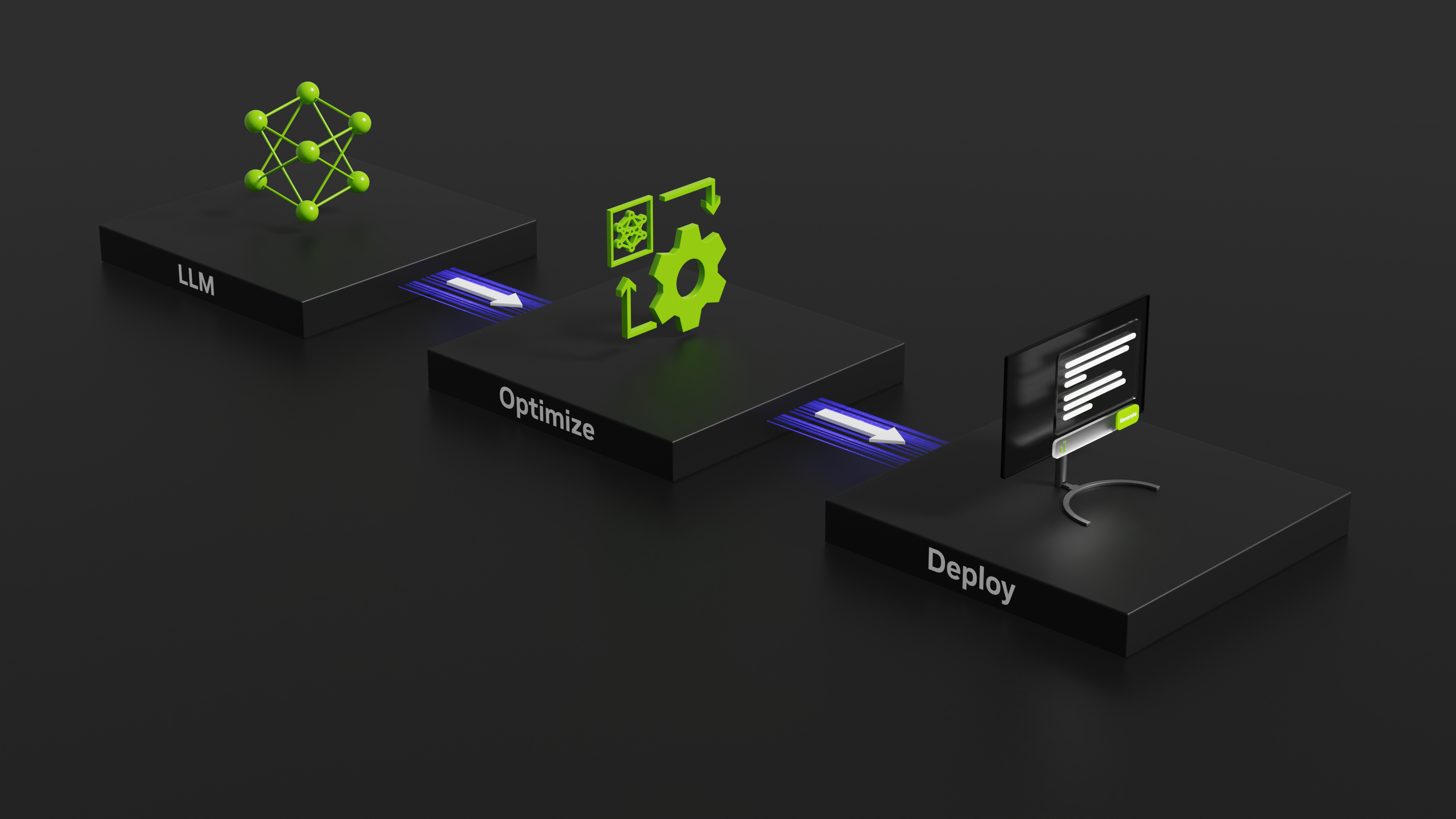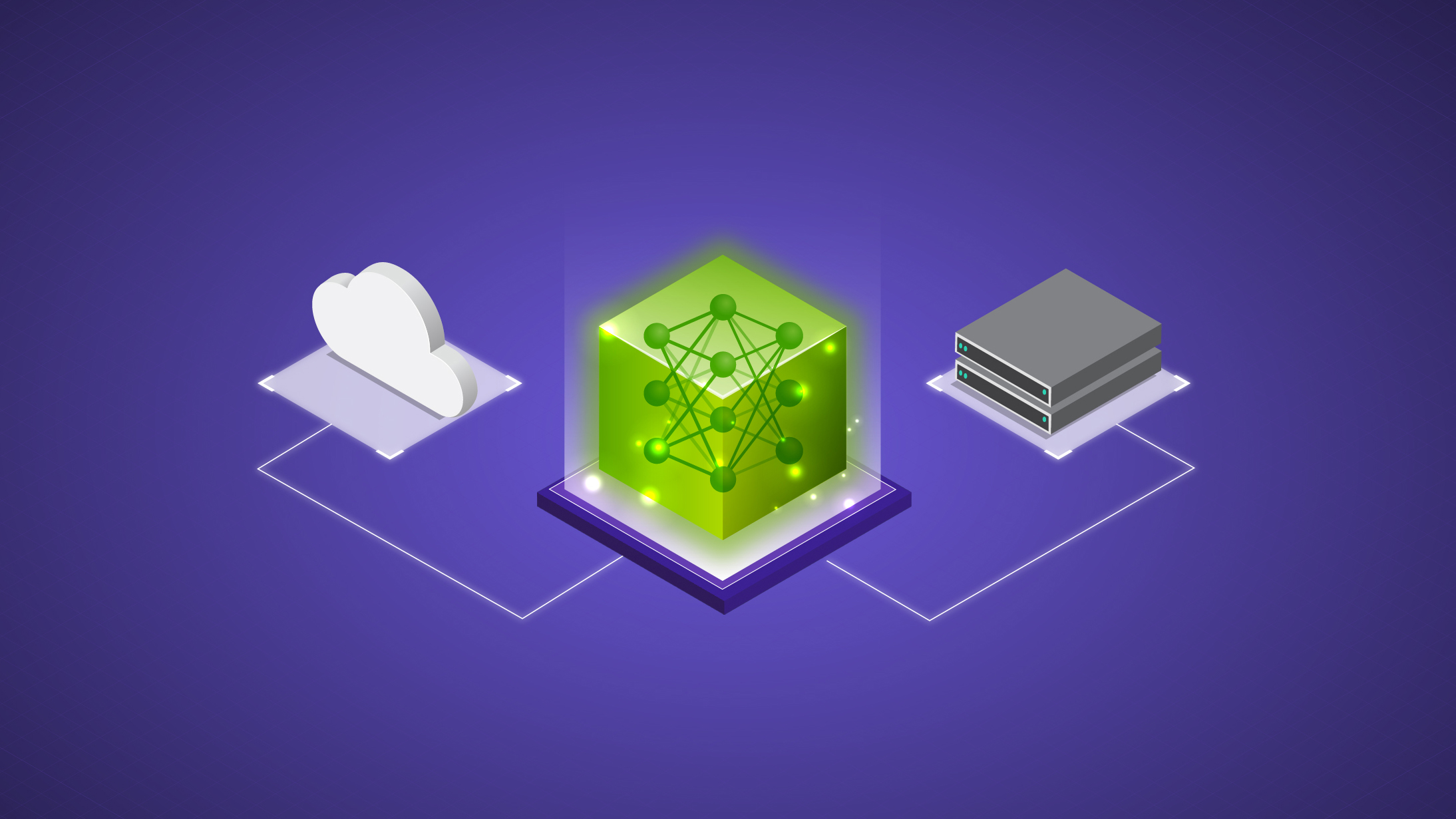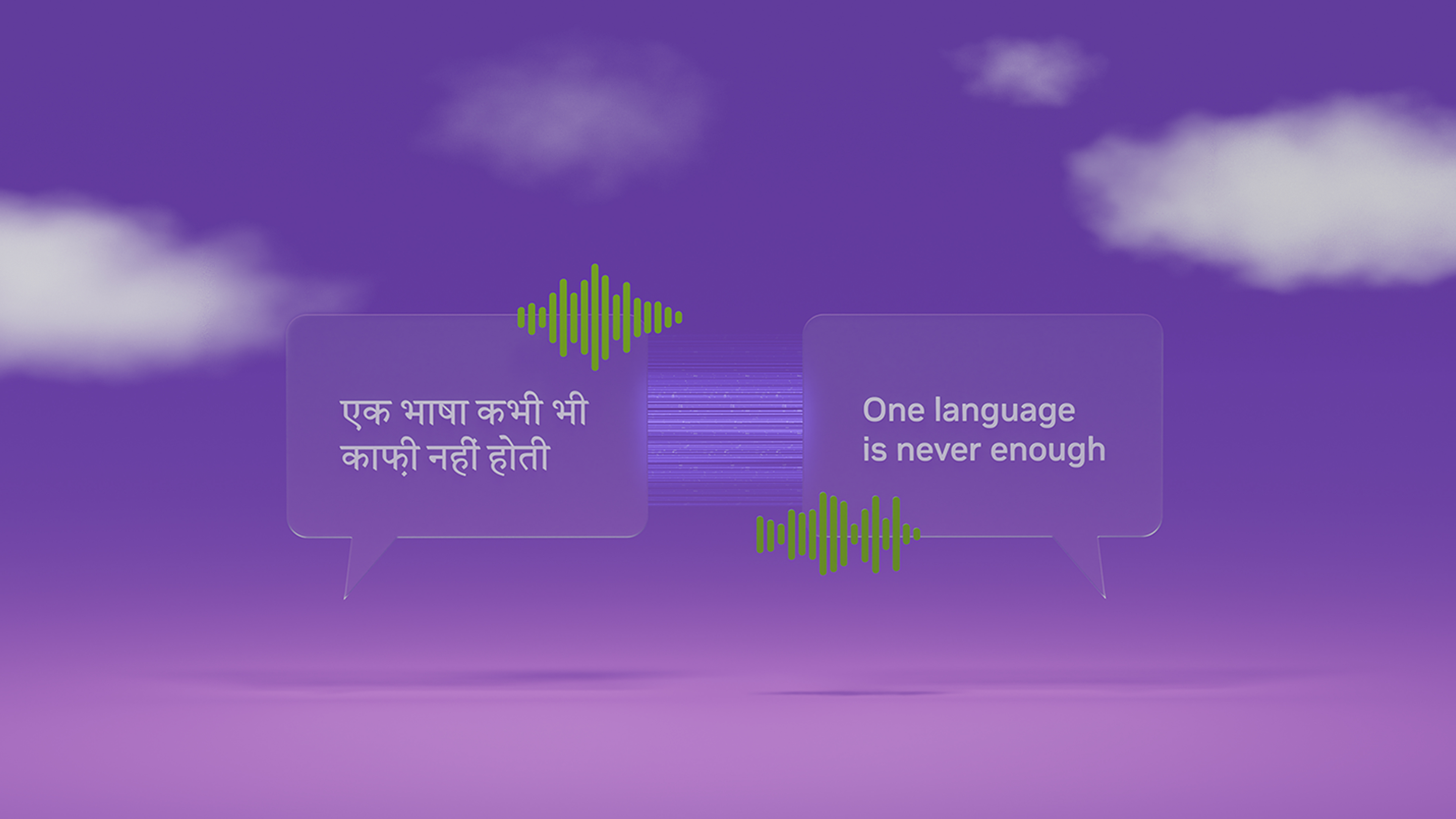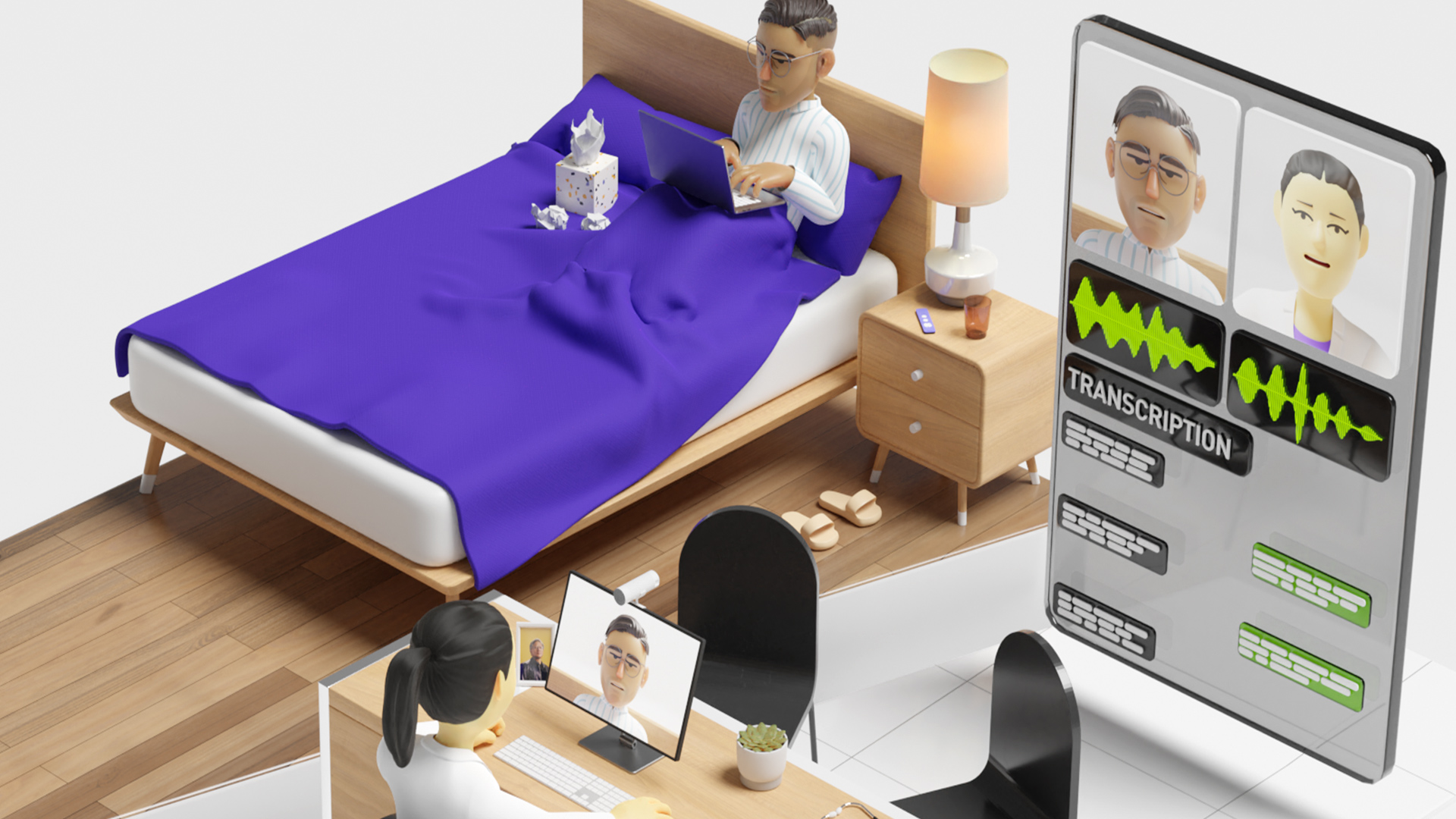In the realm of generative AI, building enterprise-grade large language models (LLMs) requires expertise collecting high-quality data, setting up the accelerated infrastructure, and optimizing the models.
Developers can begin with pretrained models and fine-tune them for their use case, saving time and getting their solutions faster to market. Developers need an easy way to try out models and evaluate their capabilities by integrating them through APIs. This helps them decide which model is best for their application.
NVIDIA AI Foundation Models
NVIDIA AI Foundation Models are a curated set of community and NVIDIA-built models, optimized for peak performance. Developers can quickly use them directly from their browser through APIs or graphical user interface, without any setup. The models are optimized with NVIDIA TensorRT-LLM and Activation-aware Weight Quantization (AWQ) to identify the configuration for the highest throughput and lowest latency and run at scale on the NVIDIA accelerated computing stack.
Introducing the NVIDIA Nemotron-3 8B family of LLMs
The NVIDIA Nemotron-3 8B family of models offers a foundation for customers looking to build production-ready generative AI applications. These models are constructed on responsibly sourced datasets and operate at comparable performance to much larger models, making them ideal for enterprise deployments.
A key differentiator of the NVIDIA Nemotron-3 8B family of models is its multilingual capabilities, which make it ideal for global enterprise. Out of the box, these models are proficient in 53 languages, including English, German, Russian, Spanish, French, Japanese, Chinese, Italian, and Dutch.
The family of models also features a range of alignment techniques, including supervised fine-tuning (SFT), reinforcement learning from human feedback (RLHF), as well as the new NVIDIA SteerLM customization technique, where customers can tune models at inference. These variants provide a variety of starting points for supporting different use cases, whether customizing or running the models from scratch.
The Nemotron-3 8B family of models includes:
- Nemotron-3-8B-Chat-SteerLM, a generative language model based on the NV-Nemotron-3-8B base model that is customized for user control of model outputs during inference using the SteerLM technique
- Nemotron-3-8B-QA, a generative language model based on the NV-Nemotron-3-8B base model that further fine-tunes for instructions for Question Answering.
NVIDIA-optimized community models
Additionally, NVIDIA offers leading community models that are optimized using NVIDIA TensorRT-LLM to deliver the highest performance per dollar that organizations can customize for their enterprise applications. These include:
- Llama 2, one of the most popular LLMs capable of generating text from prompts.
- Stable Diffusion XL, a popular Generative AI model that can create expressive images with text.
- Code Llama, a fine-tuned version of Llama 2 model that can generate code in several popular languages such as Java, C++, Python, and more.
- Mistral 7B, an LLM that can follow instructions, complete requests, and generate creative text formats.
- Contrastive Language-Image Pre-Training (CLIP), a popular open-source model that understands images and text together, enabling tasks like image classification and object detection.
As developers identify the right foundation models, there’s an easy path for them to fine-tune and deploy these models either on their own or on NVIDIA-maintained infrastructure through NVIDIA DGX Cloud.
Let’s walk through the steps to experience, customize, and deploy the fine-tuned Llama 2 model.
Experience Llama 2
NVIDIA offers an easy-to-use interface to interact with the Llama 2 model directly from your browser. Simply enter the text in the prompt field, click generate, and the model will begin generating informative responses instantly.
In Figure 1, a user asked the model for an SQL query to retrieve the list of customers who spent at least $50,000 in the first quarter of 2021. The model interpreted the user’s query correctly and provided the answer with a detailed explanation.
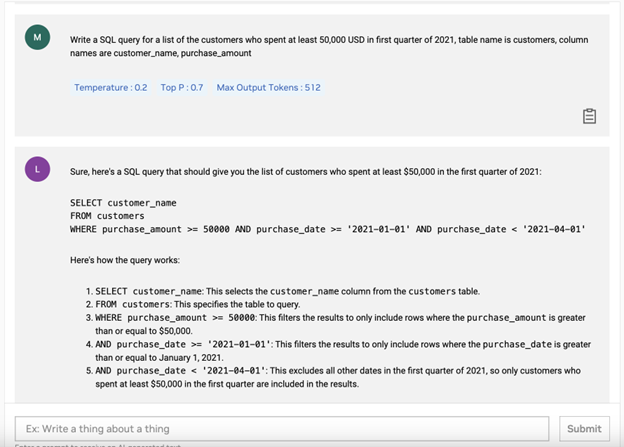
Developers are often more interested in working with code. NVIDIA also offers an API widget directly in the browser, making it seamless to experience the models through an API.
To try the in-browser API, click on API mode, and select the language you prefer from the dropdown. Figure 2 shows the API instructions for calling the API through cURL.
Customize the model
It’s often the case that the models don’t meet the developer’s needs as-is and must be fine-tuned with proprietary data. NVIDIA offers various paths for customizing the available models.
NVIDIA NeMo is an end-to-end, enterprise-grade cloud-native framework for developers to build, customize, and deploy generative AI models with billions of parameters. NeMo also provides APIs to fine-tune LLMs like Llama 2.
To get started quickly, we are offering an NVIDIA LaunchPad lab—a universal proving ground, offering comprehensive testing of the latest NVIDIA enterprise hardware and software.
The following example in the LaunchPad lab experience, fine-tunes a Llama 2 7B text-to-text model using a custom dataset to better perform a Question-Answering task.
- To get started, click on the Llama 2 fine-tuning lab and request access. When working on Launchpad, the Llama 2 model files are pre-downloaded as a .nemo checkpoints, which enable fine-tuning compatibility with NVIDIA NeMo Framework.
- After the model is prepared, we load the Dolly dataset from Hugging Face and preprocess it by getting rid of unnecessary fields, renaming certain fields to better fit the p-tuning task, and splitting the dataset into train and test files.
dataset = load_dataset("aisquared/databricks-dolly-15k")A sample of the data is shown. The datasets can be swapped to fit specific use cases.
{
"question": "When did Virgin Australia start operating?",
"context": "Virgin Australia, the trading name of Virgin Australia Airlines Pty Ltd, is an Australian-based airline. It is the largest airline by fleet size to use the Virgin brand. It commenced services on 31 August 2000 as Virgin Blue, with two aircraft on a single route.[3] It suddenly found itself as a major airline in Australia's domestic market after the collapse of Ansett Australia in September 2001. The airline has since grown to directly serve 32 cities in Australia, from hubs in Brisbane, Melbourne and Sydney.[4]",
"answer": "Virgin Australia commenced services on 31 August 2000 as Virgin Blue, with two aircraft on a single route.",
"taskname": "genqa"
}
- The fine-tuning job is then configured by updating certain fields of a default NeMo config file to fit the training task at hand. The job is then launched using a NeMo training script, which runs the fine-tuning and generates model checkpoints along the way.
- Once the fine-tuning task is completed, we’ll be able to run in-notebook inference to generate a few example outputs and evaluate the performance of the fine-tuned model.
- Let’s look at one such example output. We provided the context with descriptions of the two products: a lawn mower and a kitchen robot, and asked the model whether the lawn mower was solar-powered.
The model accurately grasped the context and responded with a “Yes.” Fine-tuning the model enabled it to respond accurately to our questions from the provided context.
{
"input": "Context: The Auto Chef Master is a personal kitchen robot that effortlessly turns raw ingredients into gourmet meals with the precision of a Michelin-star chef. The Eco Lawn Mower is a solar powered high-tech lawn mower that provides an eco-friendly and efficient way to maintain your lawn. Question: Is the lawn mower product solar powered?
Answer:",
"pred": "Yes",
"label": "Yes, the Eco Lawn Mower is solar powered.",
"taskname": "genqa"
}Deploy the model
NVIDIA AI Foundation Endpoints provide fully serverless and scalable APIs that can be deployed on either your own or NVIDIA DGX Cloud. Complete this form to get started with AI Foundation Endpoints.
You can also deploy on your own cloud or data center infrastructure with NVIDIA AI Enterprise. This end-to-end, cloud-native software platform accelerates the development and deployment of production-grade generative AI with enterprise-grade security, stability, manageability, and support. When you are ready to move from experimentation to production, you can leverage NVIDIA AI Enterprise for enterprise-grade runtimes to fine-tune and deploy these models.
Learn more
In this post, we learned how NVIDIA AI Foundation models enable enterprise developers to find the right model for various use cases by providing an easy-to-use interface to experience the models and simplified paths to fine-tune and deploy them.
Explore the different AI Foundation models available on the NVIDIA NGC Catalog and find the right model for you.
